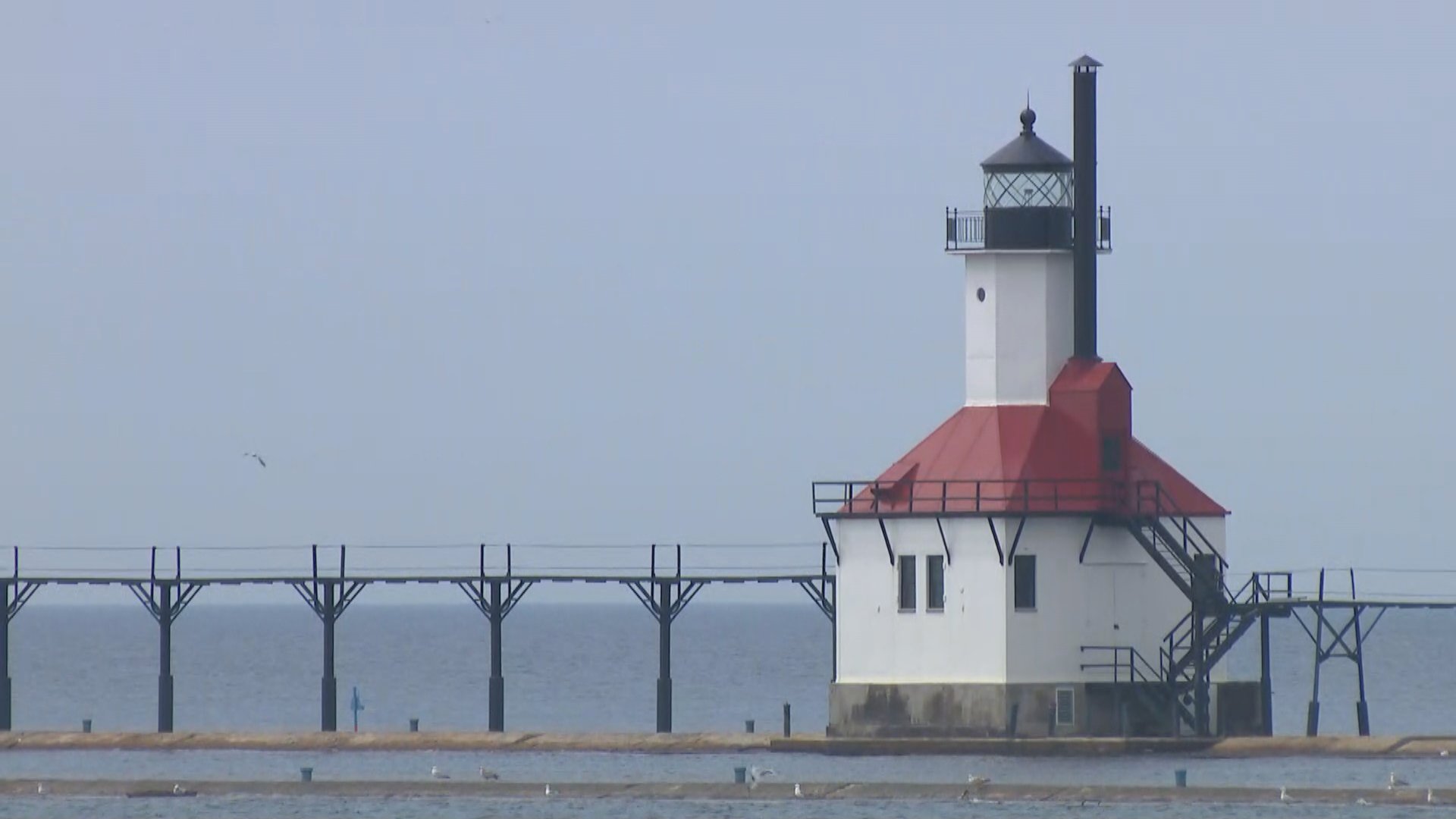

Research in weather radars in Canada began at the end of the Second World War with "Project Stormy Weather".

Starting on 29 June 2022, a pilot project allow external users access to the raw data, possibly including the 400 km data. The range extensions are intended to provide forecasters at the Meteorological Service of Canada, part of Environment and Climate Change Canada, with radar information while nearby radars are being replaced as part of the renewal. Starting in June 2021, some of the radars' ranges will be extended to 400 km (250 mi) in the lowest angle of reflectivity data. Furthermore, the new radars are dual-polarized which means precipitation type can be estimated directly.
#MICHIGAN WEATHER DOPPLER RADAR FULL#
The renewal of the network, from 2018 to 2023, with new S-Band radars brings these numbers respectively to 300 km (190 mi) for reflectivity and 240 km (150 mi) for full Doppler coverage. Their primary purpose is the early detection of precipitation, its motion and the threat it poses to life and property.Įach had until 2018 a range of 256 km (159 mi) in radius around the site to detect reflectivity, 3 angles with a range of 128 km (80 mi), for detecting velocity pattern ( Doppler effect), and an extra long range up to 240 km (150 mi) at low elevation angle but strongly folded or aliased (where the maximum unambiguous velocity interval (±Vmax) is less than the full range of velocities being measured which leads to some being displayed with the wrong values ). The Canadian weather radar network consists of 33 weather radars spanning Canada's most populated regions. Since hail can cause the rainfall estimates to be higher than what is actually occurring, steps are taken to prevent these high dBZ values from being converted to rainfall.Location of the weather radars in Canada. Hail is a good reflector of energy and will return very high dBZ values.

These values are estimates of the rainfall per hour, updated each volume scan, with rainfall accumulated over time. Depending on the type of weather occurring and the area of the U.S., forecasters use a set of rainrates which are associated to the dBZ values. The higher the dBZ, the stronger the rainrate. Typically, light rain is occurring when the dBZ value reaches 20. The scale of dBZ values is also related to the intensity of rainfall. The value of the dBZ depends upon the mode the radar is in at the time the image was created. Notice the color on each scale remains the same in both operational modes, only the values change. The other scale (near left) represents dBZ values when the radar is in precipitation mode (dBZ values from 5 to 75). One scale (far left) represents dBZ values when the radar is in clear air mode (dBZ values from -28 to +28). Each reflectivity image you see includes one of two color scales. The dBZ values increase as the strength of the signal returned to the radar increases. So, a more convenient number for calculations and comparison, a decibel (or logarithmic) scale (dBZ), is used. Reflectivity (designated by the letter Z) covers a wide range of signals (from very weak to very strong). "Reflectivity" is the amount of transmitted power returned to the radar receiver. The colors are the different echo intensities (reflectivity) measured in dBZ (decibels of Z) during each elevation scan.


 0 kommentar(er)
0 kommentar(er)
